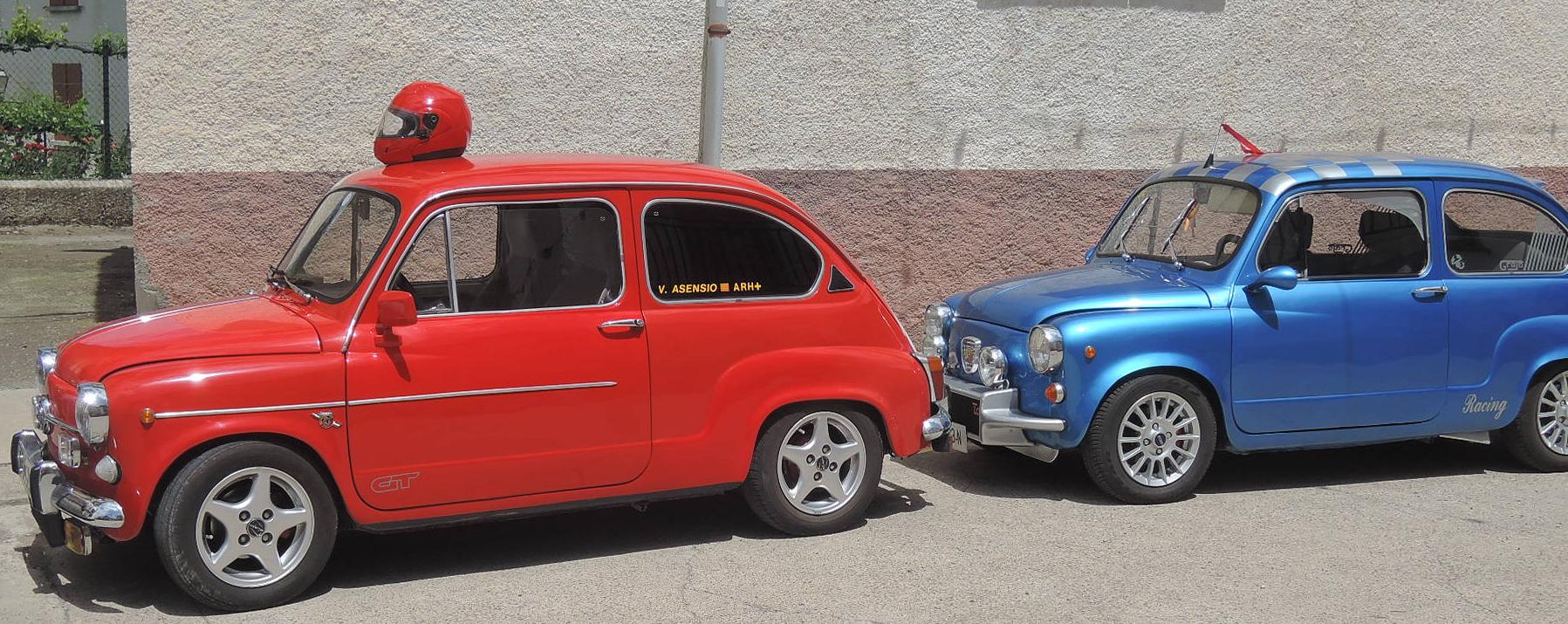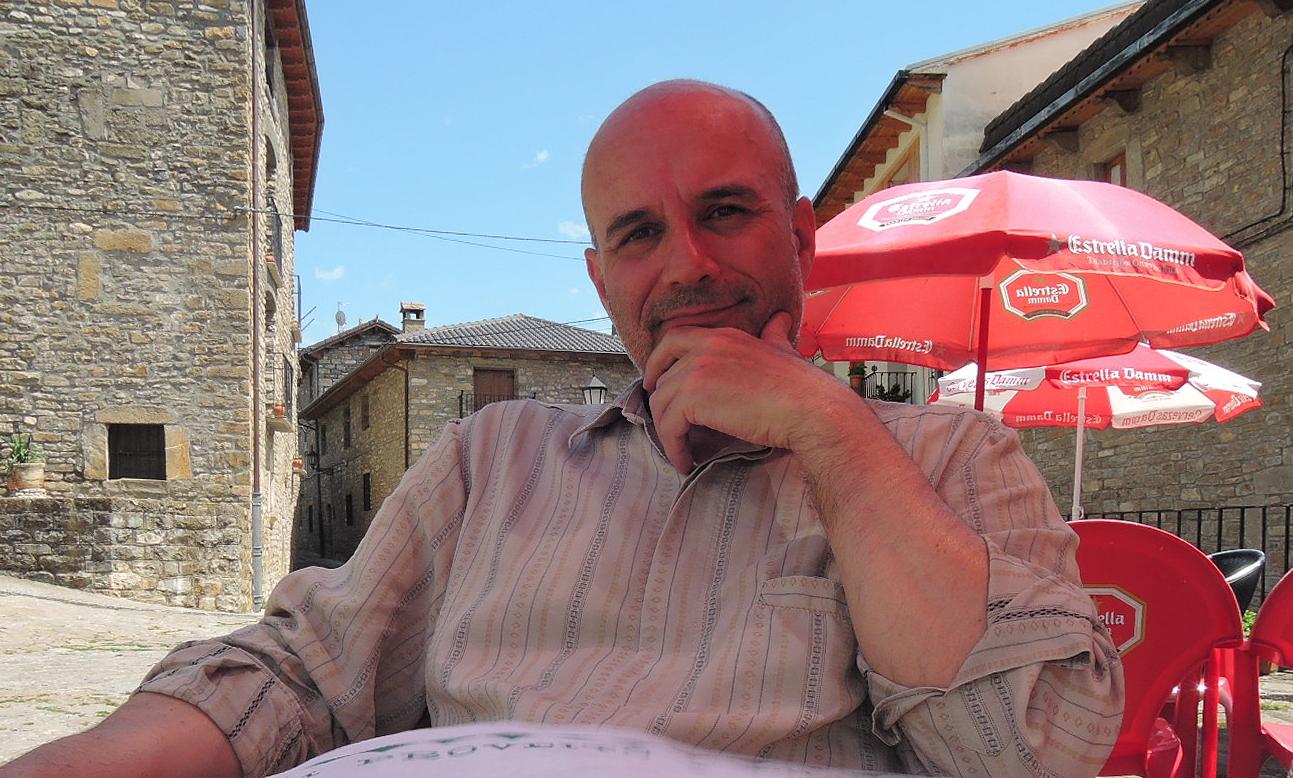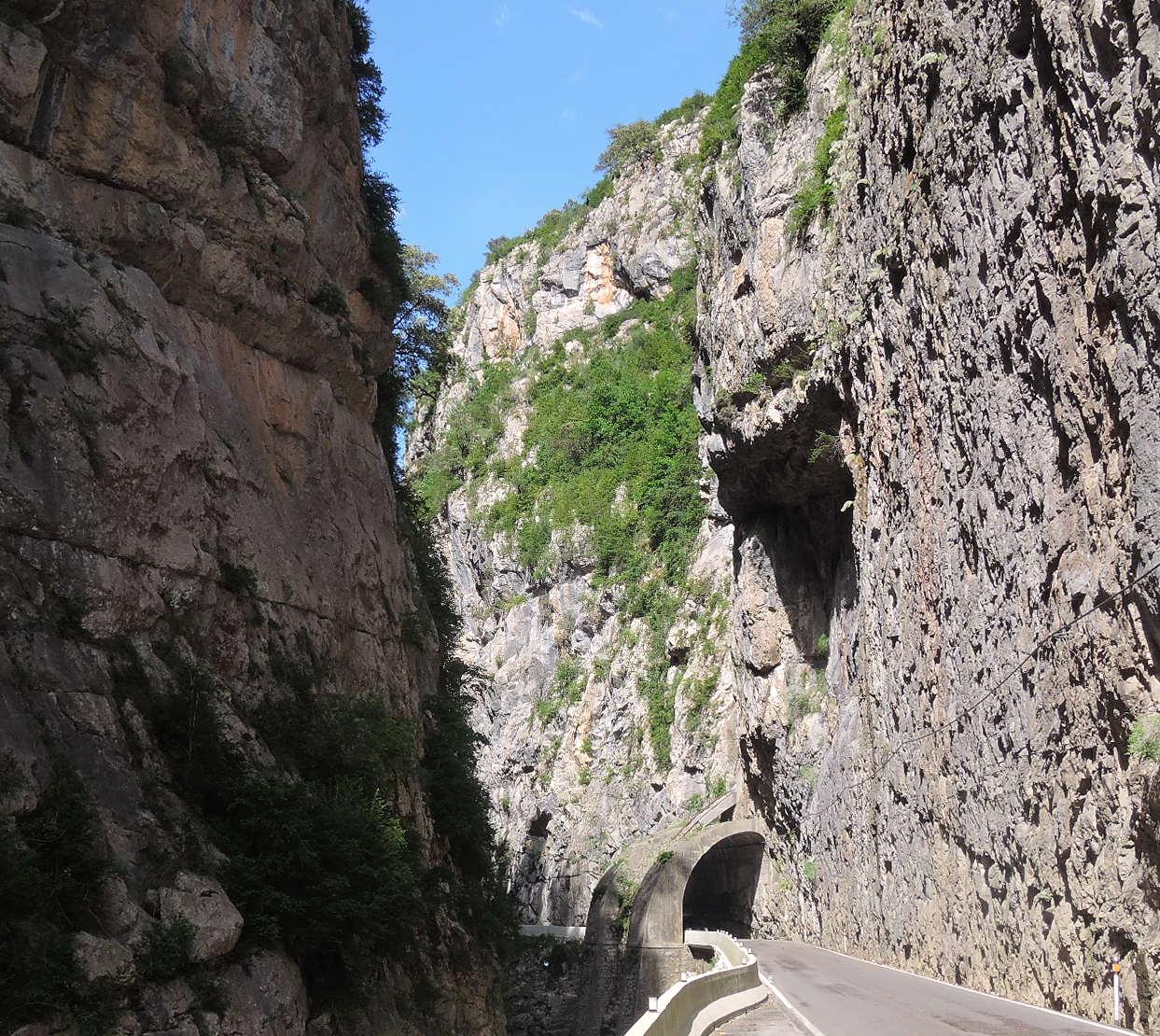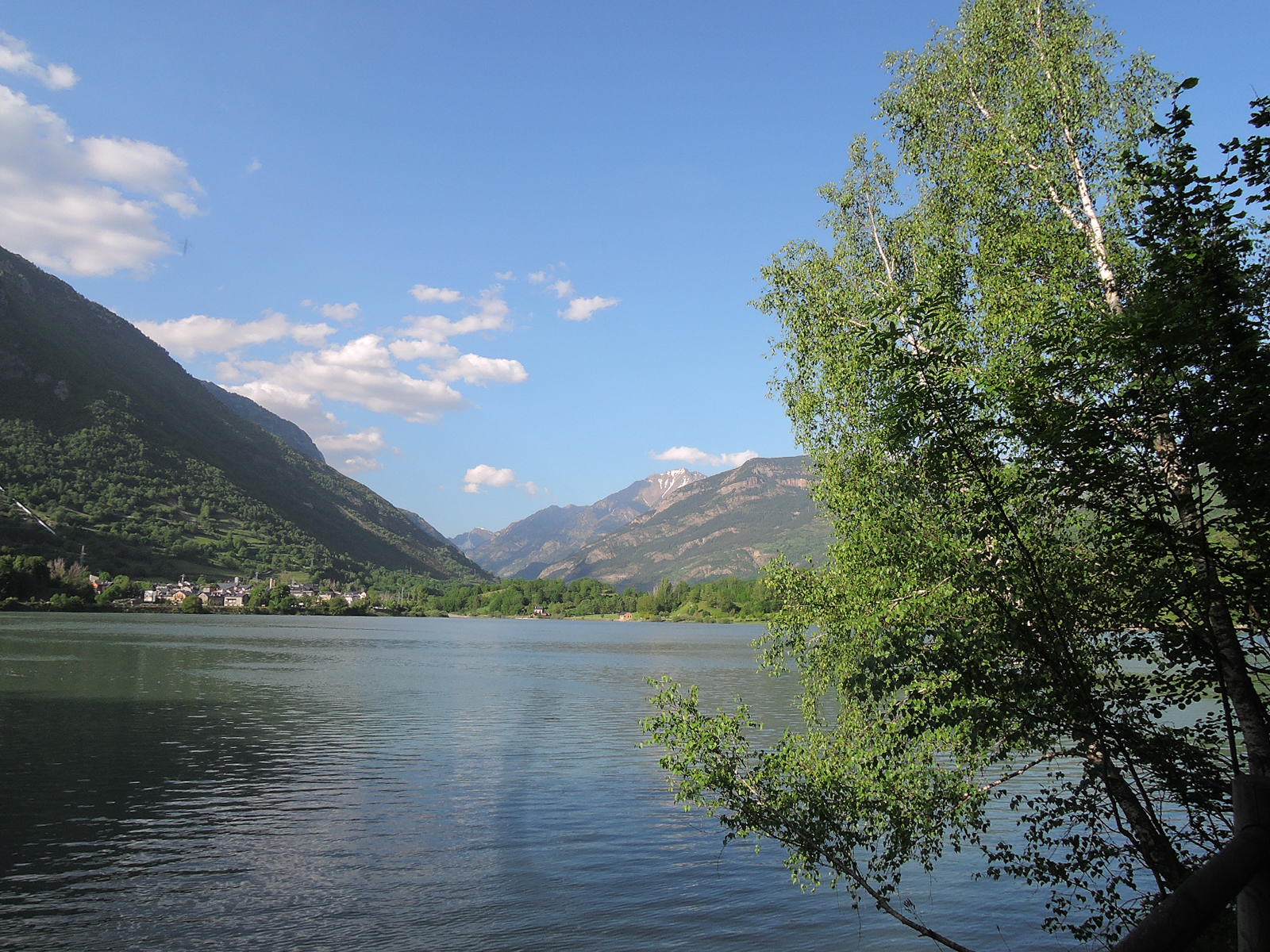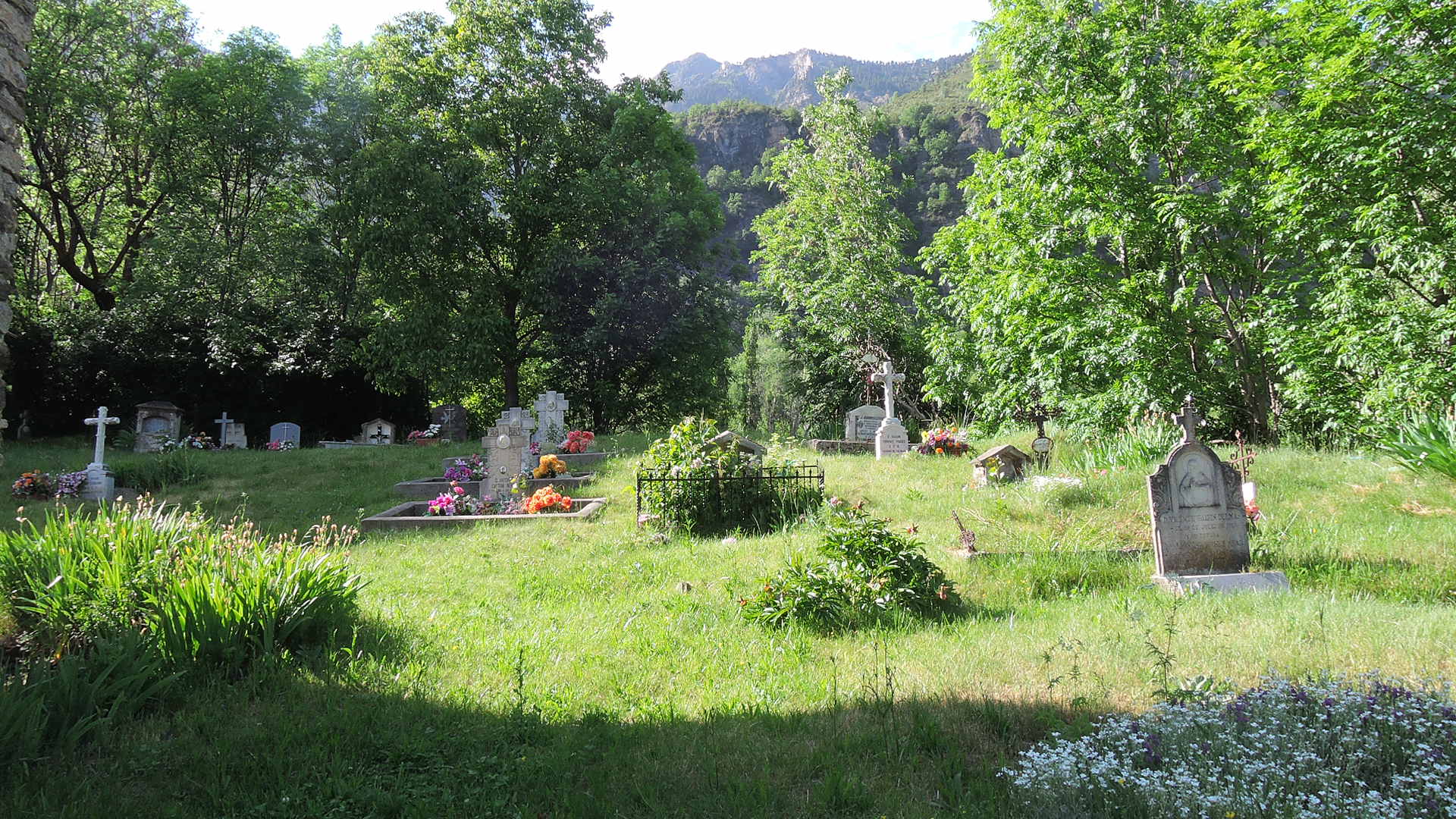The Pyrenean Route (actually, and literally translated, Pyrenean Axis) is the state road which, under different numbers and across different regions, runs roughly parallel South of the Pyrenees mountain range; and it’s a great motorcycle route that, with a good amount of fast and fun bends, goes through some breathtaking scenery: valleys filled with greenery, reservoirs, thick forests, rushing streams, thrilling gorges, snow-capped mountains and many small picturesque villages with houses built on stone from the foundations to the roofs. Along this road (and its by-roads) the land is never short of water (like most of Spain is), nor of shady places, and probably the only one issue the biker will face is to solve the dilemma between enjoying the exciting sportive driving the road entices him to, or enjoying the Nature he’ll find behind every curve; both things not being possible at a time: you either put your five senses on the asphalt or on the landscape; otherwise, what you’ll put on the asphalt will be your skin.
That said, I must add that the Pyrenees for me are… like an amusement park: entertaining, but just like any other. In its landscape and rural perfection I find something of almost artificial, not genuine; and the wealth can be felt in many details, like the prices, the homes or the cars. It is, to my taste, too thriving and touristic. Those who feel like explorers will be a bit frustrated here, knowing they’re the n-th visitors. Foreigners aren’t looked at here with any real curiosity; and the most beautiful photograph you can frame, one thousand travelers have taken it already that very month.
I don’t mean by this I didn’t enjoy it, but the impressions left in my emotions by the Pyrenees can’t compare to those left in my retine, let alonee those I got when crossing the far more genuine environment in Burgos or Sierra de la Demanda.
One thing I’ve learnt though: there’s not much of Aragón in the High Aragón. I seem to have noticed that Huesca province (sorry about this, guys) is divided between Navarre and Catalonia: the western half is conquered by the Basques -revealed by the bars and shops names, or by their eating habits, the wine and even the accent and their character- while the eastern is taken by Catalonia in very much the same way: through commerce, shops, hotels, restaurants and, of course, the language. So that I haven’t seen much of Aragón in that part of the region, which has been a bit disappointing for one who expected discovering a new province; well, it has not happened. In Huesca I’ve seen but a continuation of Navarre and Lérida.
From Jaca, where I had spent the previous night in a hotel room (upgraded by courtesy of the friendly landlady), I continued estward along the Pyrenean Road, stopping in places like Yebra de Basa, where I met by chance a small gathering of old cars from the seventies: mostly the mythical Seat 600, the car that accompanied the depopulation of rural Spain, back in the 60s, helping the massive exodus from villages to cities, of which my own family was a part. During that decade and the next, my little hometown saw its population reduced in three quarters; a phenomenon that I personally do not regard with any joy.
I also stopped in Fiscal, on the banks of the Ara river of rushy Pyrenees waters, and whose basin the road follows, offering the driver one of the most beautiful stretches in the route, until beyond Boltaña, another one town in stone, looked after with a collector’s zeal, and impeccably harmonic.
Going out of Ara valley, beyond a hill, there shows up Banaston to the left, a very modest and charming little village at the foot of the mountain, overlooking the wheat fields, facing South, like most villages in this land of long winters.
When coming across the Esera river, the road turns sharply north, along the river’s narrow amazing gorge of towering walls, thus making for a really fascinating part of the Pyrenean Road.
Though a beautiful route, it is considerably busy, and that’s why by Castejón de Sos I turned off following the Esera basin slightly upward towards Benasque, looking for some hotel off the main road; and I found it in Sahún, just another one carefully preserved village in the region, its houses arranged on the slope up a steep hill from the river, thereby having beautiful views. And since it wasn’t too late when I finished settling in the modest room they put me, I took the chance for trekking -which I try to do at least for one hour daily- one of the several local paths, bordering the picturesque Linsoles reservoir.
On my way back, the shade of the mountains was rising fast up the opposite side, leaving the valley immersed in a hazy blue light giving it a melancholic touch that got into my heart; and such was my mood when I came across the small Guayente shrine, in whose silent and deserted chapel I stepped and -almost in complete darkness- sat down to meditate for a while.
I meditated, as I use, about The Church and its herd, those having a faith that I wasn’t lucky enough to find in my life, and about the almost heroic profession of priest in our atheistic times. Today more than ever I admire the pastors, living in a world where there is less and less room for religion, doing a job that has no reasonable hope nor future, reading their implausible sermons to an ever decreasing audience. I envy their beliefs. Once -not so long ago- it was not only easy to become a priest, but for many people a temptation that went beyond faith, because the power of the Church was directly extended to its ministers: in any community, especially small ones, they were personalities not only respected but often feared. Also, enlisting in the ranks of the clergy was a way to have access to education and culture that not everyone could afford. There was no credit in being a pastor then. But nowadays, with the universalzation of culture, the abandonment of faith and -finally- the discredit of the Church, I think that such profession demands rare and -in a way- admirable qualities.
On these things I pondered sitting there in the chapel’s semi-darkness, and also on other sides of my life too, like this journey to nowhere, so purposeless sometimes, apparentely like all else. And for the first time in my life I took a few coins from my pocket and put it in the alms box – a gesture without any merit, but new for me – and I felt good about it.
By the way, as an end to this chapter, I’ll add that Sahún has one of the brightest graveyards I’ve ever seen: at a mountain’s foot, covered with grass, ornated with flowers and surrounded by trees, on the sunny hillside behind the church, where the permanent trill of the birds puts a final touch to a place in which -I am sure- the souls of those who believed in their thereafter rest in true peace. They could hardly wish for a better place to be buried. (Click on the picture to see the video, better conveying the feel of that moment.)


